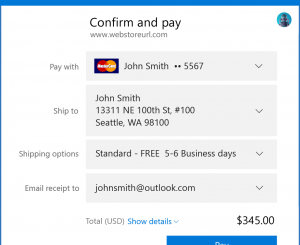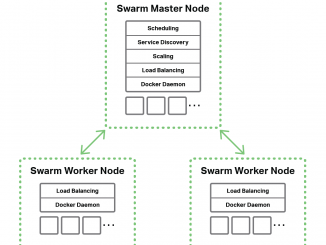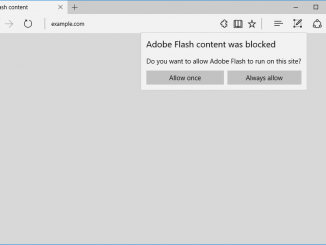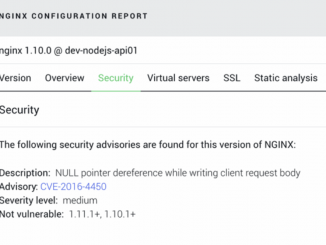
Simpler web payments: Introducing the Payment Request API
Simpler web payments: Introducing the Payment Request API We’re thrilled to introduce a preview implementation of the Payment Request API in Microsoft Edge, enabling simpler checkout and payments on the web on Windows 10 PCs and Phones. Support for Payment Request in stable builds will be coming to EdgeHTML 15 in the Creators Update early next year. Payment Request works with Microsoft Wallet on Windows 10 PCs and phones to make ecommerce faster and simpler for customers and merchants alike. You can begin to develop for the Payment Request API today in Microsoft Edge on preview builds, starting with Windows Insider Preview build 14986. The Microsoft Wallet user experience allowing for end to end testing will be available in an upcoming Insider build soon. Conversion rates in the checkout flow are a key measure for ecommerce sites. 46% of e-commerce shoppers abandon the [ more… ]




